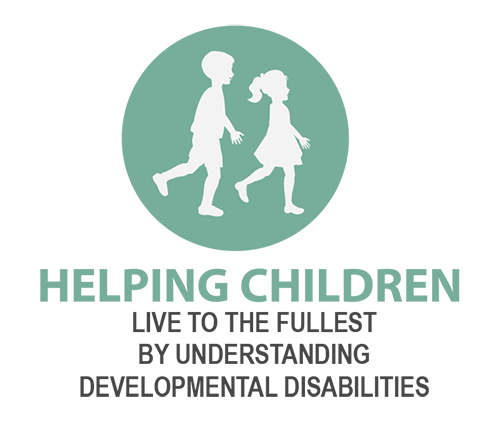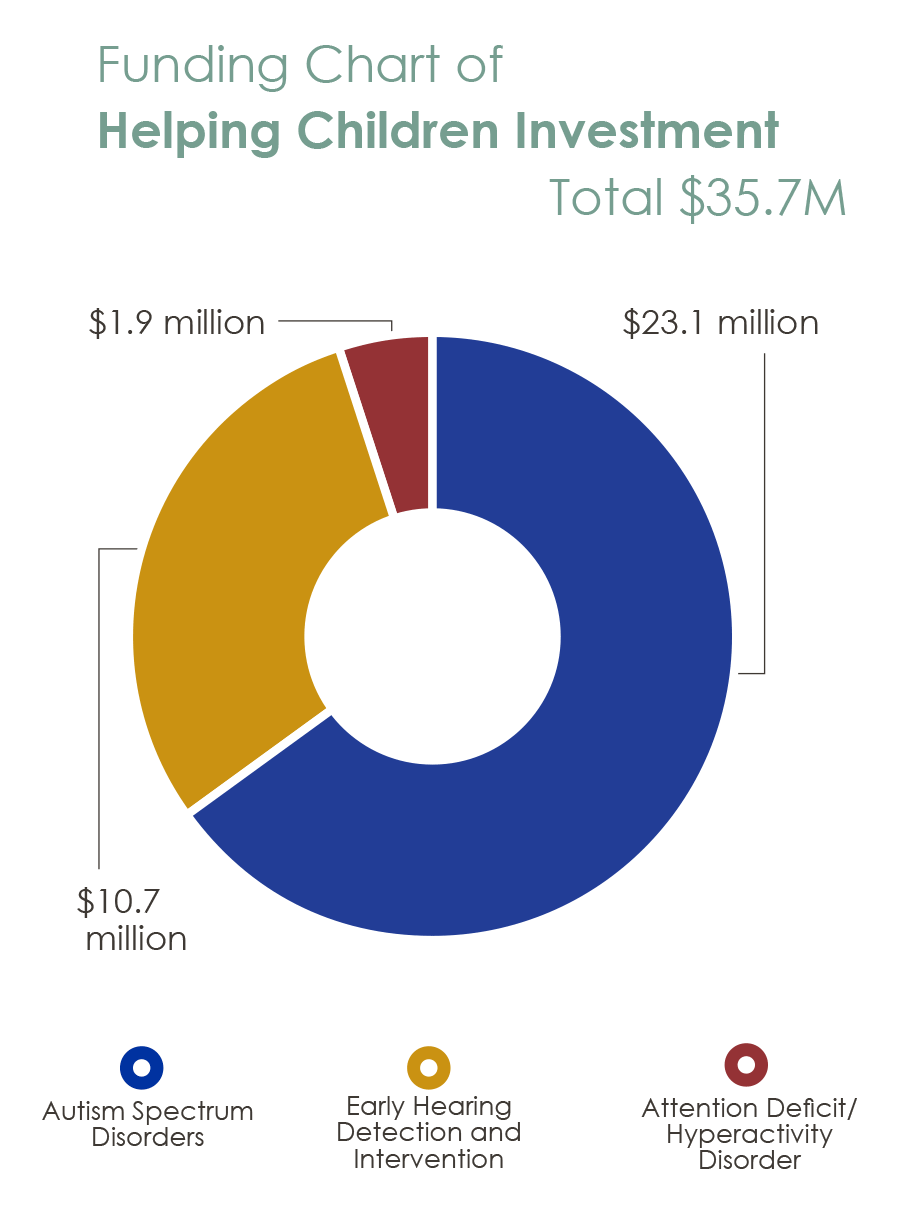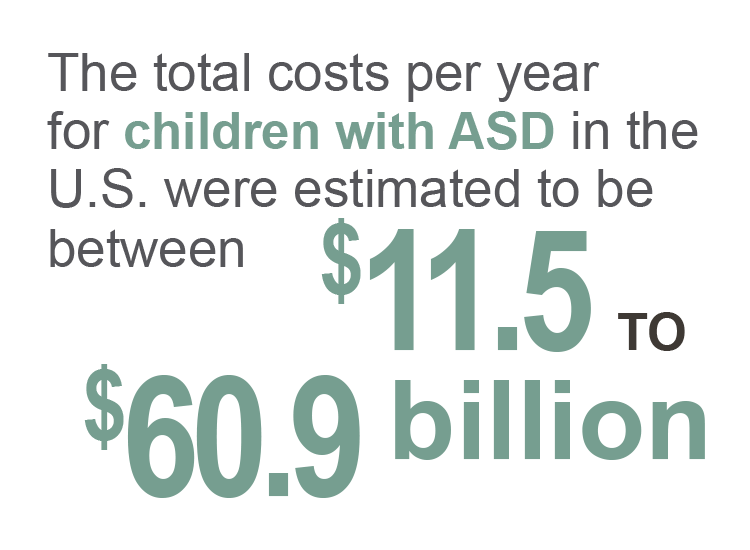Helping Children


1 in 6 children in the U.S.
have one or more developmental disabilities or delays.
Developmental disabilities are some of the most significant child health issues facing American families. They include conditions like attention-deficit/hyperactivity disorder (ADHD), autism spectrum disorder (ASD), and hearing loss. CDC’s National Center on Birth Defects and Developmental Disabilities (NCBDDD) helps children live life to the fullest by providing a better understanding of these conditions and helping parents and healthcare providers make smart decisions so that children and their families get the support they need.

How NCBDDD makes a difference
Autism Spectrum Disorder (ASD)
With our research and tracking, healthcare organizations, schools, public health agencies, policymakers, and others make decisions based on medical and research evidence to help the 1 in 68 children living with autism.
Early Hearing Detection and Intervention (EHDI)
Babies in 52 states and territories receive recommended early intervention services as a result of NCBDDD funding for state programs that identify infants who are deaf or hard of hearing and ensure that they receive these critical services.
Attention Deficit/Hyperactivity Disorder (ADHD)
NCBDDD leads programs to help families and healthcare providers have a better understanding of ADHD and knowledge of recommended treatments for helping the 1 in 9 children with ADHD.
2016 Successes
-
Tracking Autism
CDC’s Autism and Developmental Disabilities Monitoring (ADDM) Network documented a rise in the proportion of 8-year-old children with ASD over a ten-year period, from 1 in 150 to 1 in 68. It also found that children born in 2006 received a comprehensive evaluation five months earlier than children born in 2002, indicating potential improvements in how quickly children are getting help. -
Understanding Autism and Self-Injury
The Study to Explore Early Development determined that more than a quarter (28%) of children aged 30-68 months with ASD behave in ways that can lead to self-injury, such as head banging, arm biting, and skin scratching. This helps parents, schools, and healthcare providers better understand what may be going on with young children with ASD and how to best help. -
Supporting Universal Hearing Screening and Intervention
More than 97% of newborns are checked for hearing loss. Since 2005, more than 45,000 children who are deaf or hard of hearing have been identified early. This represents thousands of children who are more likely to get the early services needed to reach their full potential. -
ADHD Treatment Recommendations
A CDC Vital Signs Report and an accompanying article in the Morbidity and Mortality Weekly Report were published; they recommend behavior therapy as the first line of treatment for young children with ADHD. More than 2,300 clinicians have greater knowledge of the effectiveness of behavior therapy for children with ADHD thanks to these and other materials shared in collaboration with partners.


Priorities for the future
- Ensure that all doctors, schools, parents, and policymakers have information they need to provide essential services for children with ASD. This can be achieved by expanding our understanding of how many children have ASD, how early they are diagnosed, and what issues are encountered as children with ASD begin to transition to adults.
- Shine light on potential factors that increase the risk for autism from the Study to Explore Early Development.
- Increase follow-up testing and intervention enrollment for infants who are deaf or hard of hearing to improve outcomes and address developmental delays.
- Investigate processes to implement high volume trainings for behavior therapy providers specific to ADHD as well as increase access to behavior therapy programs.
- Page last reviewed: July 21, 2017
- Page last updated: July 21, 2017
- Content source:


 ShareCompartir
ShareCompartir